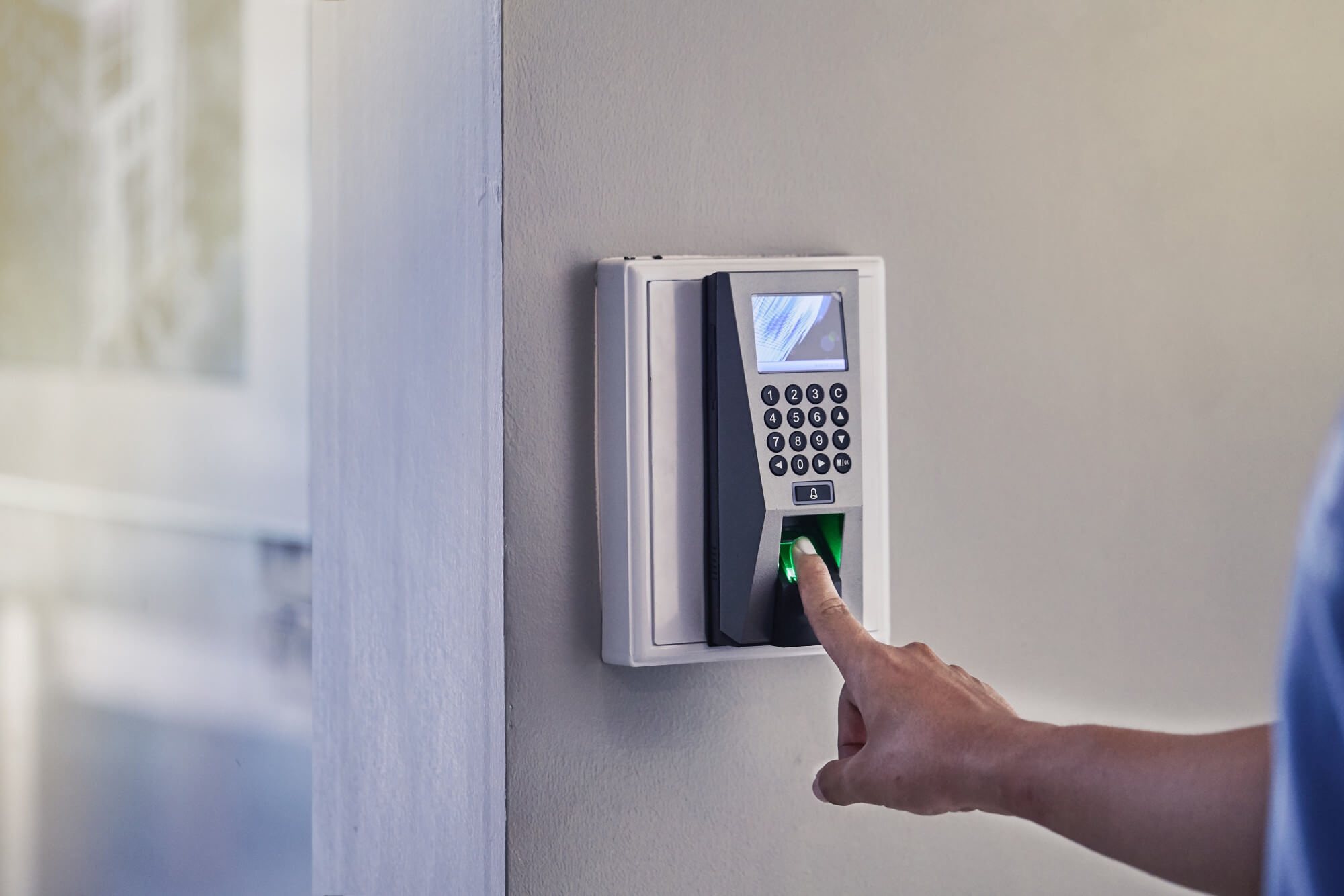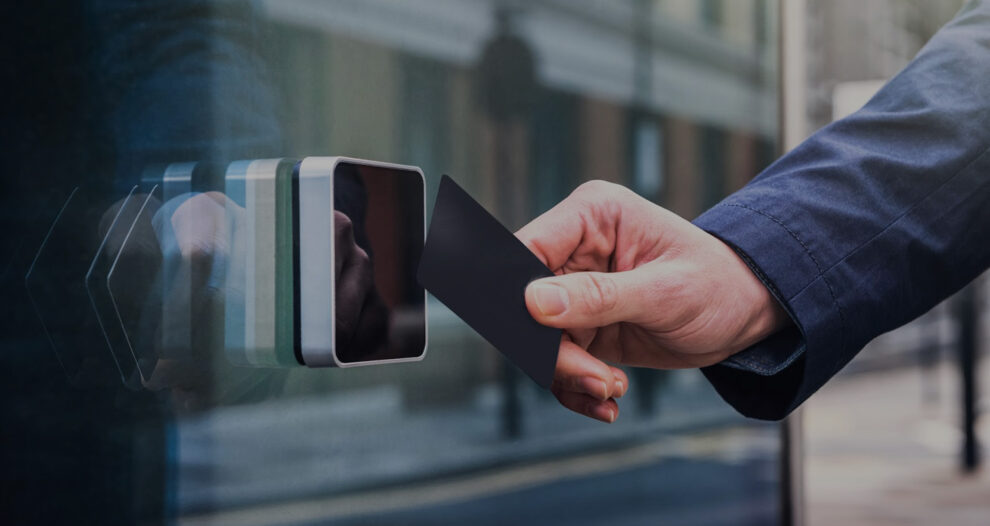To grant admittance to a building or specific area, an access control system often consists of closed gates, doors, or obstacles that may be opened using identity authentication techniques such as RFID access cards, pin codes, facial recognition, fingerprints, or cellphones.
What is Access control?
The security method of access control limits who or what may access resources in a computing environment. It is a basic security principle that reduces risk to the company or organization.
Access control comes in with types: physical and logical. Access to buildings, campuses, rooms, and physical IT assets is restricted via physical access control. Logical access control restricts access to data, computer networks, and system files.
Organizations deploy electronic access control systems that monitor employee access to restricted company locations and private regions, such as data centers, and rely on user credentials, access card readers, auditing, and reporting to safeguard a facility. These systems include alarms and lockdown capabilities to stop unwanted access or activities, access control panels to limit admission to rooms and buildings; and lockdown and alarm capabilities.
By analysing the necessary login credentials, which might include passwords, personal identification numbers, biometric scans, security tokens, or other authentication elements, logical access control systems carry out identity authentication and authorization of users and entities. In order to defend access control systems, multifactor authentication (MFA), which calls for two or more authentication factors, is frequently a crucial component of a layered defense.
What advantages can access control systems offer?

Access Control can be used to protect those entering the building as well as its contents and employees. These are the key advantages of access control systems:
Employee access made simpler
An access control system can fully control users’ access to various locations and zones. Employees can access all the locations they require for their job after being given authorization. The worker may easily access various doors, gates, and barriers, as well as designated routes, by using a key card or entering a PIN, for instance.
Traditional keys are not required
Using traditional keys has a lot of drawbacks. For instance, you need unique keys if you wish to limit access to particular regions. Therefore, additional locks and unique keys are needed for each user as the building’s size and number of zones increase. This can make it unclear which keys do what. In addition to saving time for people entering restricted areas, an access control system can avoid locksmith visits in the event that keys are misplaced or stolen. Since keys are simple to replicate, there is also a security risk if an employee departs without returning the keys or if the keys are lost or stolen. These issues are considerably diminished by electronic access control.
Reduces costs
Access control security can help you save money on locks and personnel. Unmanned access devices may correctly and securely verify a person’s identity, eliminating the need for a security officer to check identification and provide admission.
Access Control can be integrated with other systems, such as those that control lighting and temperature. When individuals enter a room, lights may be programmed to turn on and turn off when they depart. To further cut down on energy expenditures, temperatures may be set for when a room is empty.
Observe who enters and leaves the building
You may obtain information from an access control system about who enters and leaves a building or room and when they do so. This may be used to track staff members on-site in case there are any problems or crimes, manage fire safety, and track worker attendance.
The use of access control systems has the benefit of preventing unauthorized entry. Because credentials are required before a door can be opened, only those with authorized access credentials are allowed in. You may feel secure knowing everyone in your building is meant to be there thanks to this technology.
Employee liberty
An access control system allows employees who occasionally work different shifts to enter the building whenever they need to without having to wait for someone to unlock the doors or worry about a door that is constantly open without security precautions. In addition to giving staff flexible schedules, access control allows you to keep an eye on who comes and goes without having to be present.
Prevention of data breaches
Important information is frequently kept on company-owned servers, including financial records, health records, and general customer data. Access control systems can keep this information secure by restricting access to IT rooms, specific computers, or networks to only authorized users.
Safe surroundings
Systems for access control Keep anyone without the proper authorization outside, protecting those within. In an emergency, they can also keep individuals secure. For instance, when a fire emergency necessitates a speedy evacuation from the structure, failsafe locks enable doors to unlock even if the power goes out, allowing everyone to leave a building without the need to unlock doors.
Lower likelihood of stealing
You can safeguard your supplies, equipment, and assets by utilizing access control. Again, you may limit access so that only confirmed users have access. Employee awareness of the tracking of arrivals and departures discourages theft as well.
Why not just use keys instead of an access control system?
Physical access control using mechanical keys is the simplest type and is used by many smaller organizations. However, employing mechanical keys has a number of drawbacks and limits, especially as an organization grows. Some of the issues caused by utilizing keys are listed below.
Keys are misplaced. To ensure that a lost key cannot be used improperly, you must change the lock if someone loses a key. Then you must give new keys to everyone who needs entry via that door.
Keys don’t leave a trace for auditing. You can’t see whether or not a key was used, so you have no idea who or when it entered.
It’s challenging to handle keys. It is cumbersome to carry about and use a lot of keys if someone has to access a variety of buildings and rooms. Although it might be challenging to remember which key opens which door, labeling the keys would put everyone’s security at risk.
Most Popular Types of Access Control Systems

Mandatory Access Control (MAC)
The obligatory access control system offers the most stringent security measures, where system administrators alone have the authority to provide access. Because users cannot change permissions that forbid or permit access to specific regions, critical information is well protected.
It is constrained by even the resource owner’s power to offer access to anything mentioned in the system. As soon as a worker logs in, they are assigned a specific set of variable “tags” that identify their degree of access, much like a digital security profile. Accordingly, a user’s access to resources will be restricted based on the tags they have and the sensitive nature of the information they contain. Due to its dedication to anonymity, this technology is so clever that government organizations frequently employ it.
Discretionary Access Control (DAC)
On the other side, a discretionary access control system gives the company owner a little bit more power. Even if the system administrator defines a hierarchy of files with certain permissions, they can decide who has access to what resources. To obtain access, just the proper credentials are required. Of course, the one drawback is that allowing end users to choose their security levels may result in mistakes. Furthermore, because the system requires more active participation in controlling rights, it is easy for actions to slip through the cracks. A DAC system is flexible and high-effort, in contrast to the inflexible and low-effort MAC method.
Role-Based Access Control (RBAC)
A user’s rights are assigned through role-based access control depending on their duties in the workplace. The most popular type of access control system bases accesses on your position within the organization, preventing access to sensitive data by lower-level personnel. This approach creates access permissions around several factors that relate to the company, such as resource requirements, work environment, employment, geography, and more. Most business owners choose this strategy since it makes it easy to classify staff according to the resources they require access to. Employees in marketing do not require access to employee pay, and human resources personnel does not require access to confidential marketing materials. RBAC offers a customizable approach that boosts visibility while protecting security against breaches and information leaks.
FAQs
What kinds of access control systems are examples?
Access control is a security mechanism that limits who has access to, or may see, use, or enter, a restricted area. The security systems in our key locks, doors, biometric systems, fences, motion detectors, badge systems, and so forth are all access control instances.
Why do we use Access control systems?
Thanks to an access control system, you can find out who enters and leaves a building or room at what times. People may be made to work when they are meant to. In the event of theft or an accident, you can pinpoint exactly who entered a certain location at the time of the incident.










Add Comment